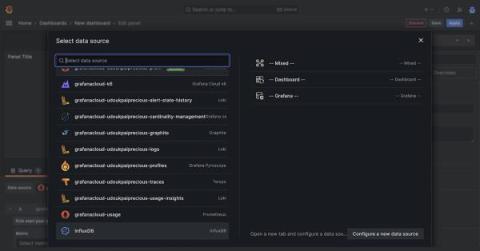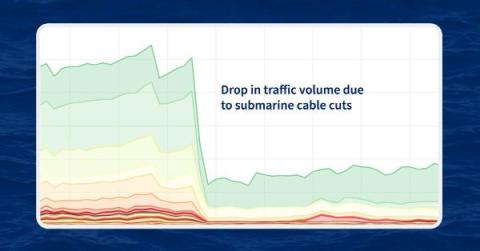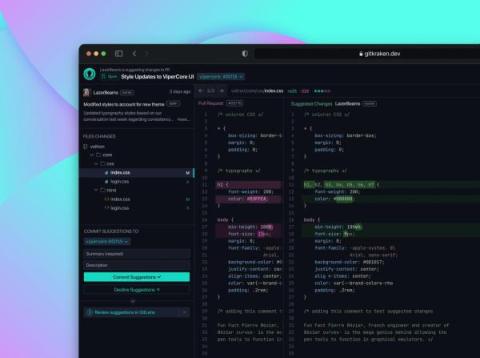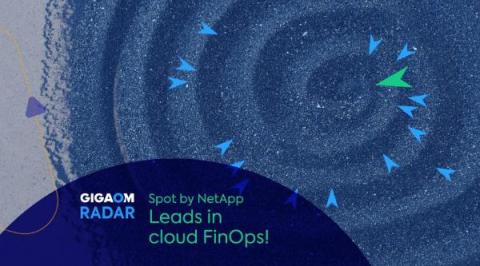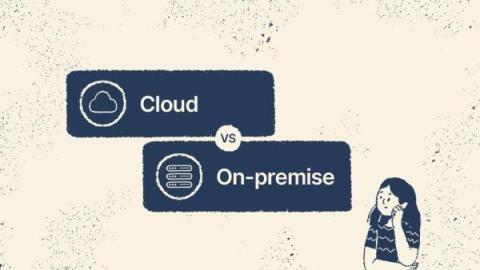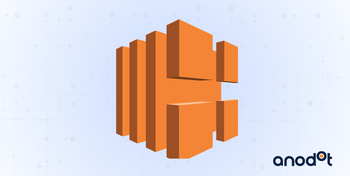Why the Early Results of Observability Deployments Look So Promising
Editor’s Note: This is the second installment of a series of blog posts previewing our State of Observability 2024 survey report. In the first episode of this blog series, we looked at where IT organizations are in their observability journeys and found, rather surprisingly, that most enterprise IT organizations and MSPs were just getting started in observability. Yet 96% of respondents told us their observability solution was delivering the value they expected.



